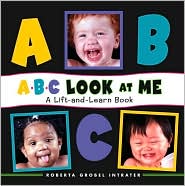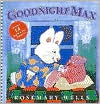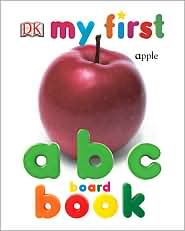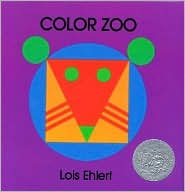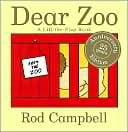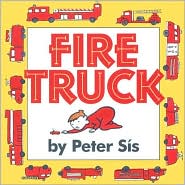This rhyme, I'll do with the flannel board. First I'll say the rhyme, and put up the figures. Then we'll all say the rhyme together.Baby's ready for a bath. Here's the baby's tub. Here's the baby's washcloth. Rub a dub a dub. Here's the baby's cake of soap, And here's the towel to dry, And here's the baby's cradle, Rock-a-baby-bye.
Early Literacy Aside--Example: As we say rhymes with our young children they hear both the rhythm of language and the rhymes. Being exposed to rhymes helps them hear the smaller sounds in words, a first step in later learning to read.
by Amy Alapati and Virginia Krute, Montgomery County (MD) Public Library, based on version in Ring a Ring o’ Roses, 9th ed. Flint Public Library, Permission granted Flint Public Library, Flint, MI
babybathFB


